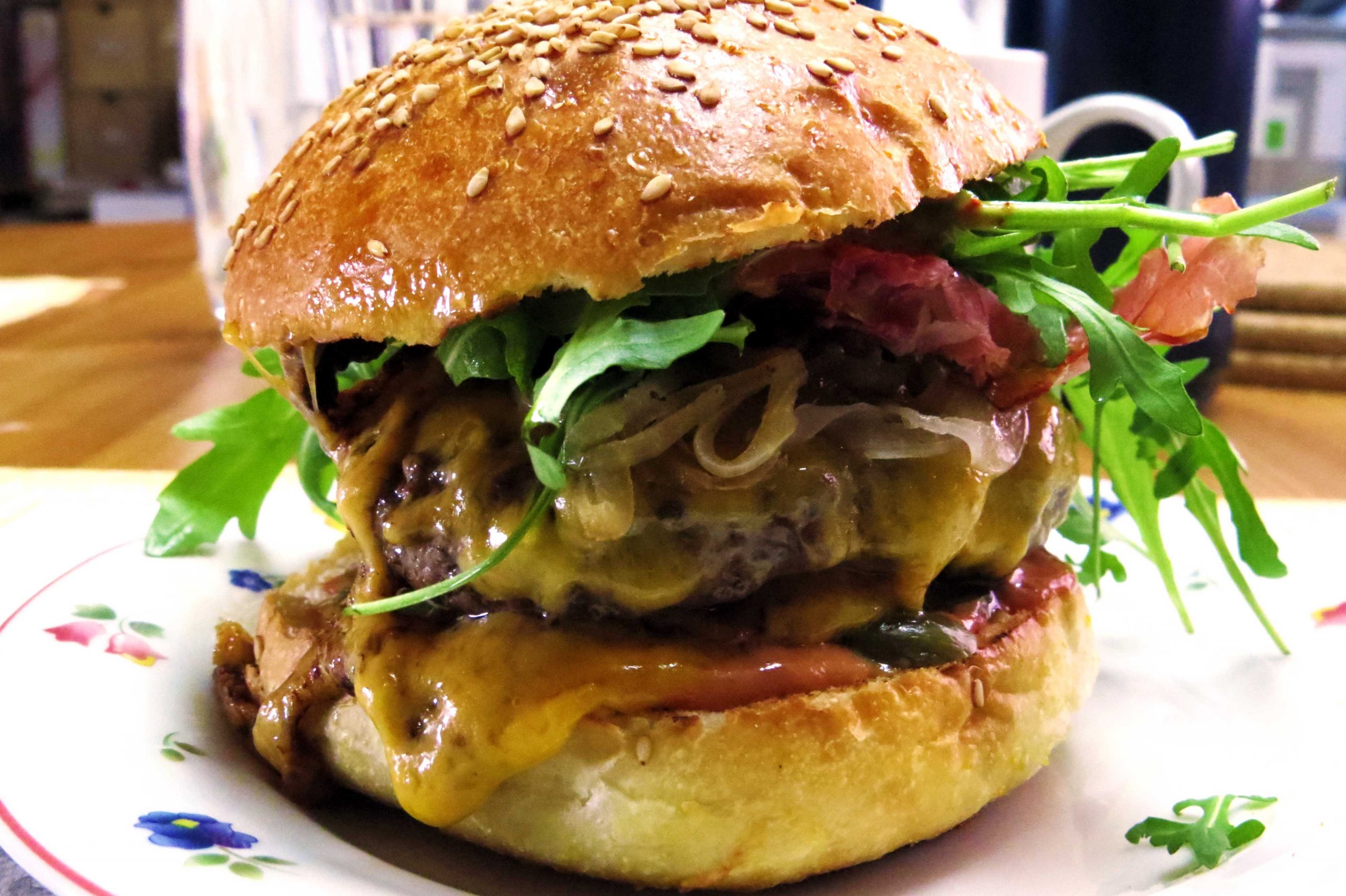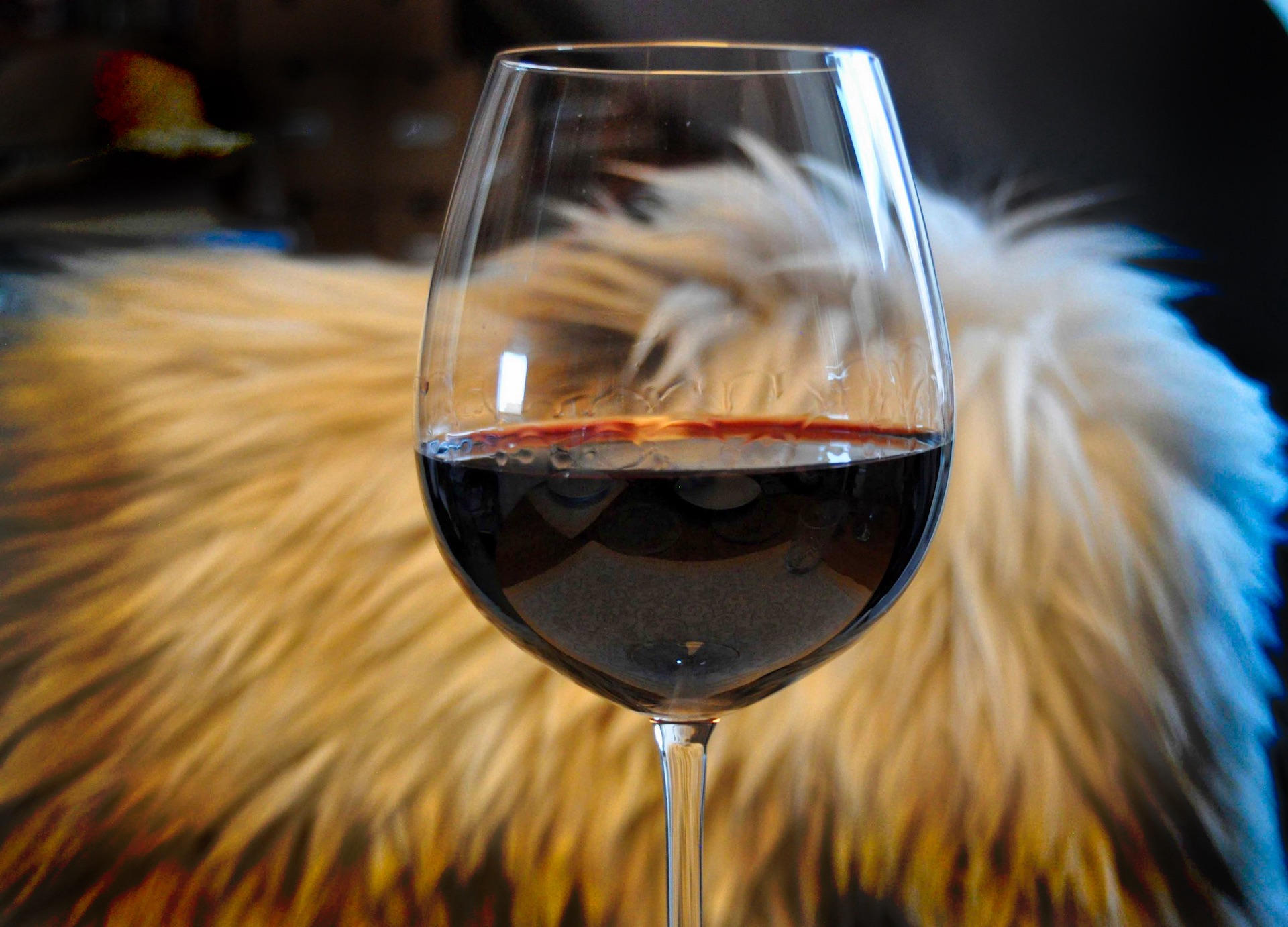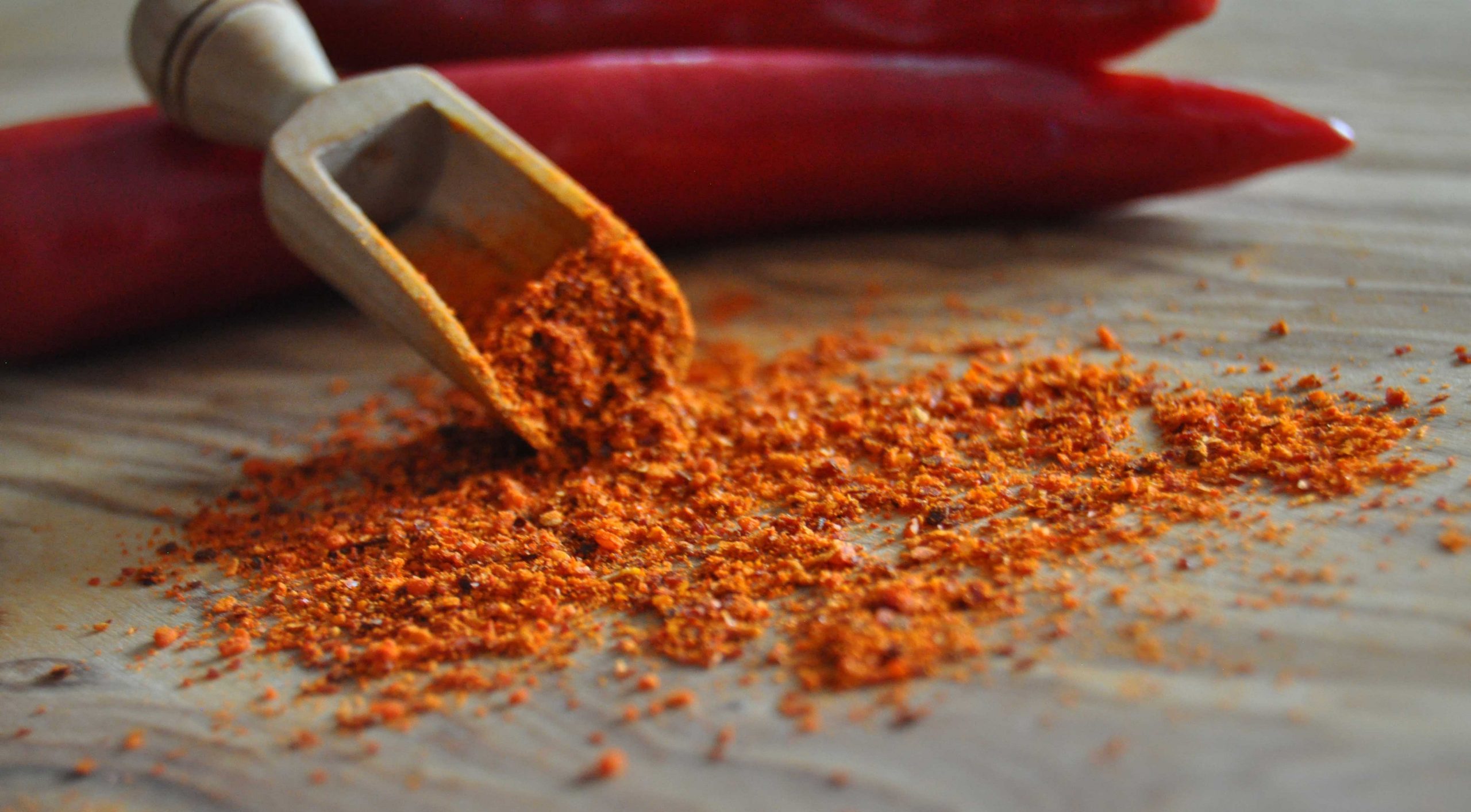The date palm is a miracle of nature: the tree on which the date fruit grows is perfectly adapted to the climate in which it grows. By raising its leaves when the sun is strong, the palm protects itself from drying out. But when it rains – which is extremely rare in the dry desert climate – the valuable rainwater is fed directly to the tree trunk and roots through the funnel-shaped position of the palm leaves. The date fruit is relatively small in size, but its ingredients make it a real energy bomb: that is why the date is also called the “bread of the desert”.
The fruits of the date palm form large clusters of fruit hanging on branched panicles. Basically, the growth of the date is similar to the growth of grape umbels on a vine: the only difference is that the fruit clusters of the date are much heavier and larger. A single fruit cluster can weigh up to 20 kilograms.
Each of these fruit clusters initially bears about 400 to 500 flowers, from which 300 to 400 fruits later ripen: Before the dates ripen, the panicles of the palm are thinned out. If every panicle of the date palm were to bear fruit, much fewer fruits would be expected the following year.

Picture credit: ETH-Bibliothek Zürich, Bildarchiv / Photographer: Heim, Gerold / Dia_314-0937 / CC BY-SA 4.0
Immense variety
The date is at home in the Middle East: since Babylonian times, dates have been of immense economic importance there. Not least because of this, the date palm was mentioned in the Bible as the “tree of life”.
A date palm can reach a height of up to 30 metres and live up to a hundred years: Each year the palm bears over a hundred fruits. Dates are not just dates: Some sources estimate that there are a hundred different varieties of dates, others even speak of over a thousand different varieties. Dates are divided into soft, semi-dry and dry varieties: Only very few date varieties are grown and sold in Europe.
Fresh dates are very hard to acquire in Europe anyway – almost all dates sold in Europe are dried.
One of the most sought-after and best-known date varieties is the Deglet Nour (Arabic for “finger of light”). Other well-known date varieties are known as Medjool (“king date”), Sukkari, Safawi, Segai, Mabroom, Ajwa and Khudri. Each date variety has a different flavour profile: These varieties differ greatly in their softness, sweetness and size. It is not without reason that there are date tastings where one can precisely identify the differences between the various varieties.
Fertilisation and date sugar
The date palm is a dioecious plant: this means that a date palm has either only male or only female flowers. In date plantations, the flowers are not pollinated by the wind, but manually: for example, the male inflorescences are shaken out over the female ones. Today, there are companies that specialise exclusively in the production of date palm pollen in order to achieve an excellent breeding result. A few weeks after fertilisation, the fruits ripen and need five to six months until they are fully ripe: During the growth of the date fruits, the date palm has a high water requirement. Therefore, it is essential that the palm is either irrigated or has access to the abundant groundwater in the desert.
In earlier times, there was not only a use for the fruit of the date palm: for example, the leaves of the palm were used to cover roofs and the trunk was used as timber.
Due to its relatively high sugar content, the date is an excellent source of energy: The sugar contained in a date is not the usual household sugar. In health-conscious nutrition, date sweetness is often used instead of ordinary sugar – date sweetness is characterised by a high proportion of minerals and vitamins, which conventional refined sugar cannot offer at all. Whether in spice mixtures or in baking: Date sweetener is an alternative to industrial sugar.
It is no wonder that the date is considered a staple food in the Arab world.
Ingredients and centres of date culture
Dates intended for drying are usually harvested semi-ripe: Freshly picked dates have a sugar content of about 20 percent, while dried dates have a sugar content of 60 to 70 percent.
Furthermore, dates contain more potassium than bananas and are therefore excellent for muscle regeneration. In addition, dates contain calcium, copper, magnesium, vitamin K and vitamin B. Last but not least, dates have excellent anti-inflammatory properties.
It is no wonder that the date is considered a staple food in the Arab world: In addition to all these positive health effects, the date fruit is characterised by an excellent, usually intensely sweet taste. A food that has a positive effect on the body and also tastes very good? That’s right, this food is the date and it grows mainly in the Middle and Near East, but also in North Africa.
Medina and Mecca, two of the holiest cities in Islam, are centres of date cultivation and date trade: there are numerous date plantations there. The special thing about the date plantations there is that they are located near holy sites and consequently no pesticides may be used. In Medina, there is a central date market where you can buy several hundred different types of dates, freshly harvested and dried. The Deglet Nour variety, which is often grown in monoculture and is almost exclusively available in Europe, plays only a minor role there.
A blessing
The Prophet Muhammad is said to have once stated that a house of dates is never poor – the date has been considered a staple food in the Arab world for thousands of years, almost comparable to bread in Europe. Date cultivation in Saudi Arabia dates back to the seventh millennium BC – so it is little surprise that the coat of arms of Saudi Arabia shows a date palm with two crossed swords.
There are four stages in the ripening of dates: Kimri (unripe, green), Khalal (full size, yellow, crunchy), Rutab (ripe, soft) and Tamr (ripe, dark, sun-dried). At each of these four stages, dates are suitable for consumption. A date culture of its own has developed around date consumption and date cultivation, which has remained hidden from many people in Europe until now.
The date is not only excellent as a sweetener: A date as a snack between meals is a blessing for the health of the body and for the taste buds.
Cover picture: © Simon von Ludwig

 Deutsch
Deutsch






